Join the conversation
We love to hear from our customers. Connect with us today and let’s start a conversation.
...searching
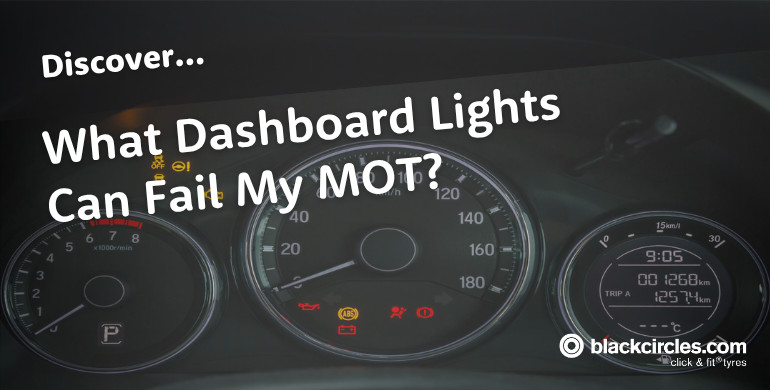
Dashboard warning lights are designed to protect you – not punish you.
But when test day comes around, they can become the deciding factor between a smooth MOT pass and a frustrating failure.
Whether it’s a simple sensor glitch or a sign of something more serious, an illuminated light on your dash could indicate a problem that needs urgent attention that can cause your vehicle to fail its
MOT test.
In this guide, we’ll explain which
dashboard lights will fail your MOT, which ones won’t (but could lead to trouble down the road), and how to stay ahead of them before your appointment.
Yes – certain dashboard lights can and will fail your MOT.
Modern vehicles are fitted with built-in warning systems to detect faults in key components such as the braking system, airbags, and engine.
During an MOT, if these systems report a fault by displaying a persistent warning light, the car is considered unroadworthy until the issue is resolved.
But not all warning lights are treated equally. MOT testers follow DVSA guidelines, and the outcome depends on what the warning light refers to and how critical it is to the safety or emissions of the vehicle.
Here are some key warning lights that will result in an MOT fail if illuminated during the test:
If your
ABS light is on, the system designed to prevent wheel lock-up during braking isn’t working correctly. This is a major safety concern, and any fault in the ABS system leads to an immediate MOT failure.
Even though your brakes may still function, without ABS you lose critical control in emergency braking situations – especially in wet or icy conditions.
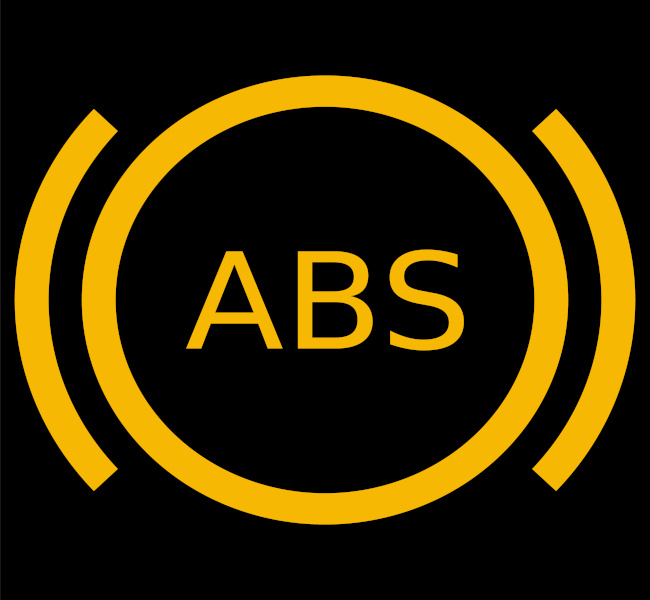
A lit airbag light indicates a fault with your vehicle’s airbag system – a key safety feature. If this system isn't functioning, airbags may not deploy in a crash, increasing the risk of injury. This is also classified as a major defect, and will automatically fail the test.

The engine management light suggests a fault within your engine or emissions system, such as a misfire, faulty sensor, or exhaust problem.
In any case, it’s safer to address any illuminated EML before the test.
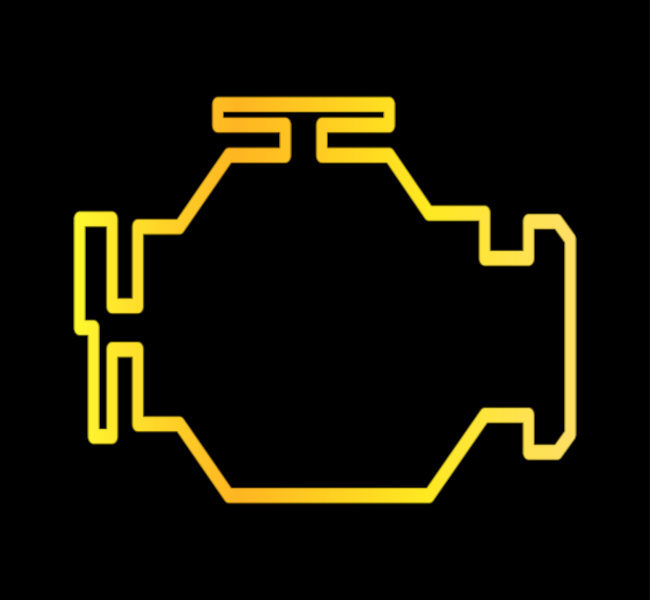
Some warning lights may or may not directly cause a fail – but they signal faults that more than likely will if not repaired in time. These include:
This may indicate low brake fluid, worn pads, or a hydraulic fault. While not always an instant fail based on the light alone, if the underlying issue is serious (e.g. insufficient braking performance), the vehicle will fail.

A fault in the electronic parking brake system, if active during the test, will be noted. If the parking brake can’t be operated safely, this becomes a fail.
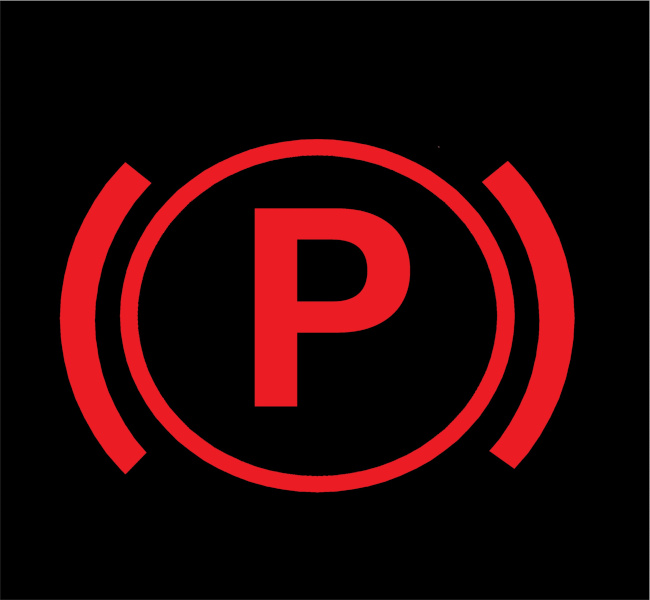
Indicates that your engine is overheating — often due to low coolant, a faulty thermostat, or a broken water pump. If the tester finds that overheating is likely to affect engine operation or emissions, your vehicle could fail.
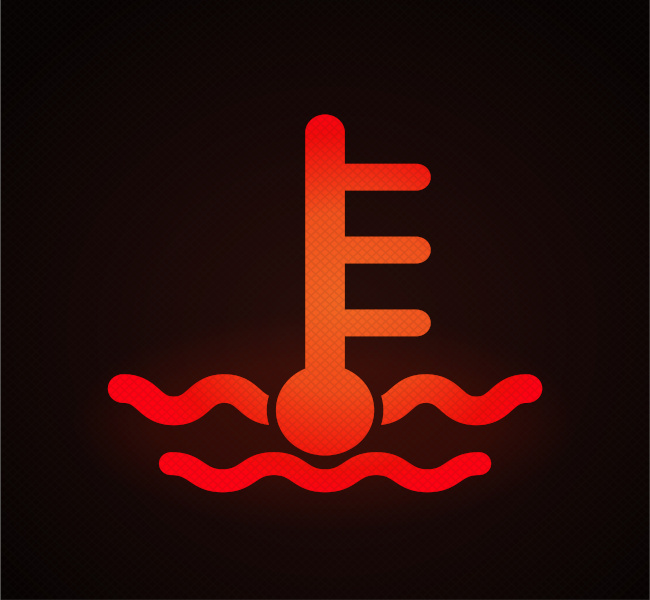
This signals a charging issue or alternator fault. On its own, it may not fail the test, but if the battery condition prevents proper operation of lighting, steering, or other safety systems, it becomes a defect.

Understanding your dashboard light colours helps identify how urgent the issue is – and how it might affect your MOT:
Here are a few quick checks and fixes that can prevent dashboard lights from ruining your MOT:
Dashboard lights are your car’s way of speaking up – and during an MOT, the tester is listening too.
From ABS faults to engine management warnings, some lights will instantly prevent your car from passing. Others might hint at deeper issues that need tackling before they escalate.
By learning what each light means and responding early, you can avoid a failed MOT and potentially save on repair costs in the long run.
If you see a warning light before your MOT is due, don’t wait.
Book a diagnostic check through Blackcircles.com, fix any issues, and give your vehicle the best chance of passing its MOT!

We love to hear from our customers. Connect with us today and let’s start a conversation.